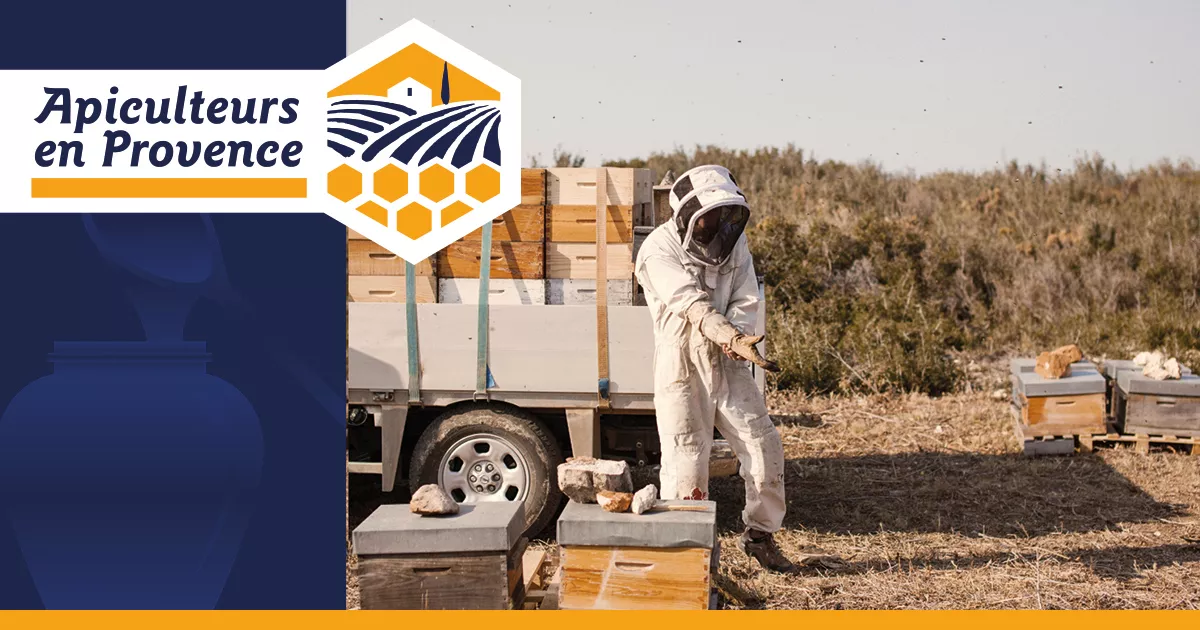Miel de Provence
Miel de Provence is protected by a Label Rouge (Red Label) associated to a protected geographical indication both for the all flowers honey and for the lavender and lavandin honey From 14 November 2005, the IGP ("Protected Geographical Indication") "Miel de Provence" is recorded in the European range of IGPs and AOPs (Appellation d'Origine Protégée, meaning "Protected Designation Origin"). Ever since, the name "Provence", applied to honey, is protected and reserved for traders who comply with IGP specifications and/or the technical baseline quality sign which are associated with them. A decree signed on 30 July 2009, and relative to the Red Label award associated to a Protected Geographical Indication for Provence honey was published in the Journal Officiel (n°0195, 25 August 2009). Beekeeping brings together many producers. Some estimated 4500 whose 700 own between 70 and 150 beehives. The area numbers many professional beekeepers : more than 300 own at least 150 hives. Production in that area amounts to 2000 tons per year (this being 8% of the national production). Many of these beekeepers practice transhumance along a route going from the coastline towards Haute-Provence, across the Southern Alps. Some of them practice transhumance bringing their own beehives on the areas of production of acacia, chestnut and fir honey into the Rhône valley and beyond. In Provence, summer is the privileged season for lavender honey production, and hives are set up on an area limited in the North by the line Montélimar/Digne, and in the South by the Mont Ventoux, the plateau d'Albion [fr], the mountain of Lure, the Vaucluse Mountains, and the Luberon. In the department of Alpes-de-Haute-Provence, lavender honey is produced in the Banon sector and on the plateau of Valensole. All flowers honey is elaborated on a wide area delimited by Nîmes, Montélimar, Gap, Digne, Nice, Toulon, Marseille and Avignon. But other great amounts of honey are produced by beekeepers in the guarrigue (rosemary and thyme honey), or in the maquis (heather and arbutus honey).
Source: Wikipedia
Recipes

